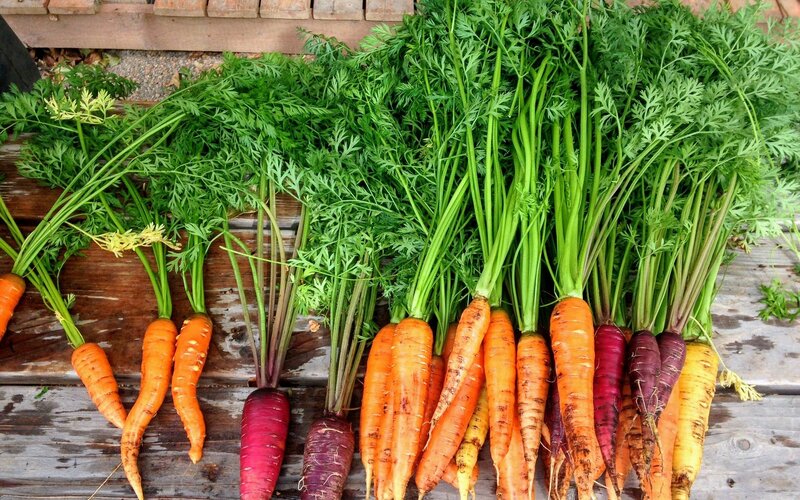
Healthy eating in 2018
If eating healthily is on your list of New Year's resolutions for 2018, growing your own vegetables can be a fun and satisfying way to help you on your way and a great way to get involved in gardening. Here are some top tips to get you started.
THE BENEFITS
- You’re guaranteed to get the freshest pick of the crop and home growers often find that their produce has more flavour than food bought from the supermarket.
- You are shortening your food miles and could save money.
- You don’t need a massive garden to grow your own. If you’re really short on space, you can use hanging baskets, multi-level plant stands or long boxes that attach to a rail or sit on your windowsill.
- You don’t have to be particularly green-fingered. Herbs are a great way to start your gardening journey because they’re hardy enough to withstand a few days of forgotten waterings.
- Certain herbs help to deter pests – mint will actually improve the flavour of cabbage by keeping bugs at bay.
WHAT TO GROW
- Mint and basil are especially easy to grow – start with a pot on your kitchen windowsill for a couple of weeks before moving them outside. Once the leaves start to multiply, make sure you prune regularly.
- Some vegetables can be grown together to save space – some even thrive this way. Known as companion planting, vegetables from different plant families can be grown in the same bed. Cabbages like to be planted alongside beetroot and dark green leafy varieties such as kale. Tall plants such as peas or sweetcorn can be used to shade those that are prone to withering in the sun, such as coriander and spinach. Corn also goes well with cucumber, peas and beans.
- Finding out which areas of your outside space get the most sun so that you can plant light-loving seeds and crops here.
- Tomatoes, cucumbers, peppers, peas, beans and corn all benefit from full sunshine, while carrots, radishes, beets and other root vegetables only need sun for half the day to thrive.
- Leafy greens such as kale, chard, spinach and many varieties of lettuce can tolerate the most shade.
Happy growing!
Now you've got your healthy eating sorted, try our top 10 non-horsey ways feel on top this season.
Now you've got your healthy eating sorted, try our top 10 non-horsey ways feel on top this season.
Extract from full article originally published in AGA Living magazine.
